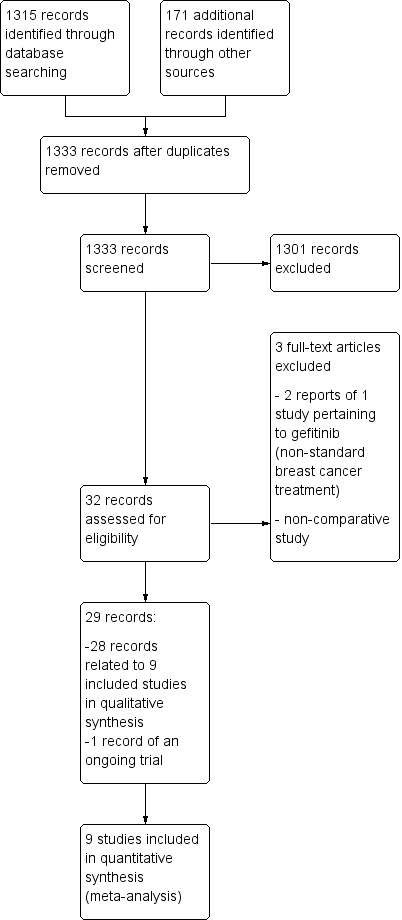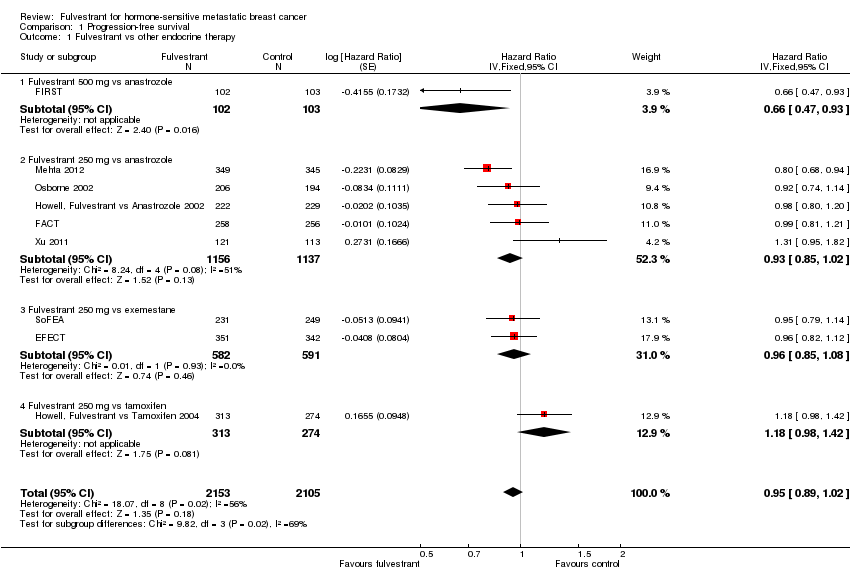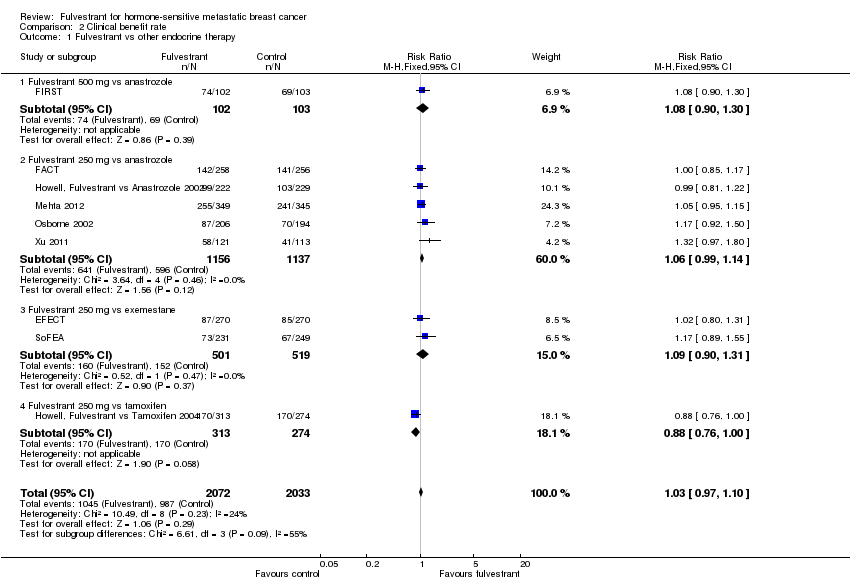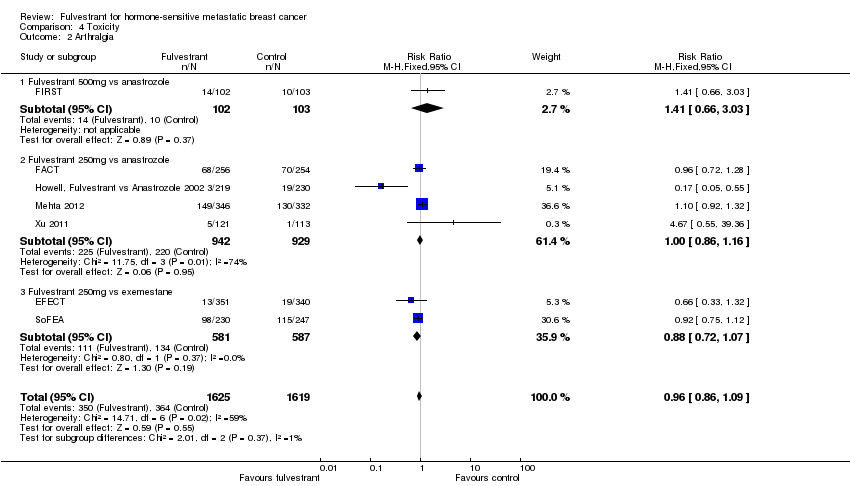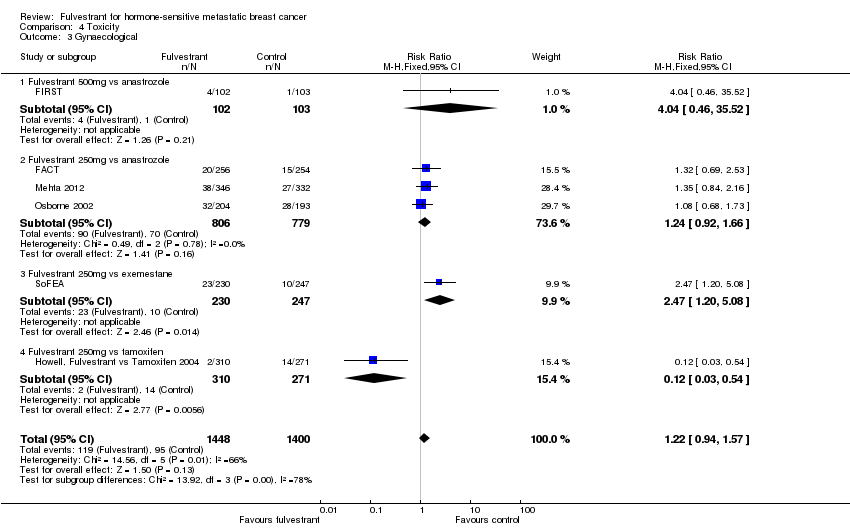Contenido relacionado
Revisiones y protocolos relacionados
Lorna Gibson, David Lawrence, Claire Dawson, Judith Bliss | 7 octubre 2009
Sara Balduzzi, Stefania Mantarro, Valentina Guarneri, Ludovica Tagliabue, Vanna Pistotti, Lorenzo Moja, Roberto D'Amico | 12 junio 2014
Sam J Egger, Melina L Willson, Jenna Morgan, Harriet S Walker, Sue Carrick, Davina Ghersi, Nicholas Wilcken | 23 junio 2017
Rachel F Dear, Kevin McGeechan, Marisa C Jenkins, Alexandra Barratt, Martin HN Tattersall, Nicholas Wilcken | 18 diciembre 2013
Siao-Nge Hoona, Peter K H Laua, Alison M White, Max K Bulsara, Patricia D Banks, Andrew D Redfern | 26 mayo 2021
Davina Ghersi, Melina L Willson, Matthew Ming Ki Chan, John Simes, Emma Donoghue, Nicholas Wilcken | 10 junio 2015
Mike J Clarke | 8 octubre 2008
Sam J Egger, Matthew Ming Ki Chan, Qingwei Luo, Nicholas Wilcken | 21 octubre 2020
Shom Goel, Rohini Sharma, Anne Hamilton, Jane Beith | 7 octubre 2009
Lorenzo Moja, Ludovica Tagliabue, Sara Balduzzi, Elena Parmelli, Vanna Pistotti, Valentina Guarneri, Roberto D'Amico | 18 abril 2012
Respuestas clínicas Cochrane
Simone Mocellin | 2 octubre 2017

